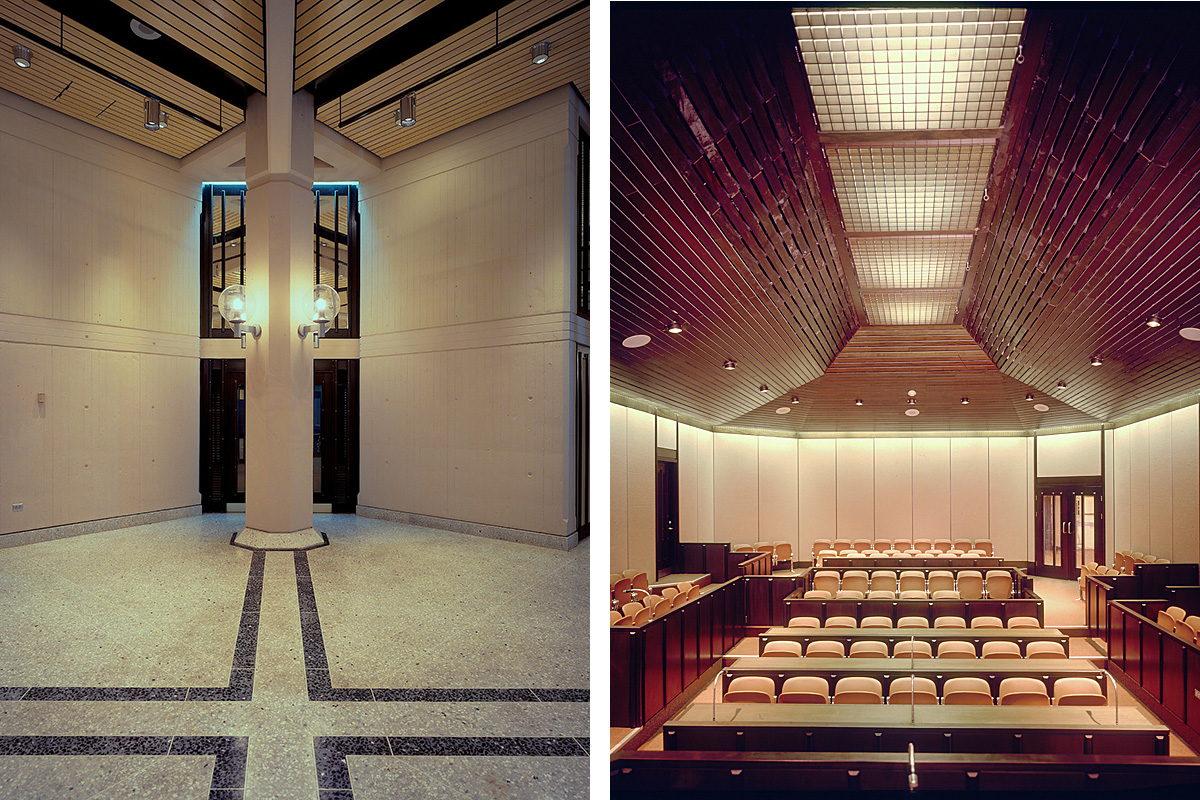20.2 ARTIFICIAL LIGHTING FOR ARCHITECTURAL PHOTOGRAPHY
Light is the most defining tool available to the architectural photographer and yet the use of artificial lighting is a controversial point of departure for some architectural photographers. I know some well known architectural photographers who will not accept a commission that requires artificial lighting. I also know there are some magazine editors that will not commission a photographer unless he uses artificial lighting. In the end each photographer has to come to terms with this dilemma. Let the debate start.
I always like to be reminded:
“Architectural Photography does require some specialized equipment but the art of photography primarily depends upon the artistic ability and skill of the photographer. Excellent tools are just that – they allow the artist to deliver even more excellent images. But make no mistake there is no substitute for the creative eye of the artist”.
The debate begins with whether or not to use any artificial lighting at all. There is one school of architectural photography that makes the case for using natural lighting, taking that to mean whatever lighting exists within the building. The doctrine here is one of portraying the space in buildings as it exists and as designed, without adding further supplementary artificial lighting. The result is a softer more natural look. European architectural photographers and magazines tend to support this approach.
Today the architectural photographer has many more options than existed when shooting with film. Digital cameras, particularly those with top of the line medium format sensors, can provide a dynamic range of 12-14 stops. This means that an image can be manipulated in post processing to brighten or darken portions of the image. Bracketing exposures is also another means that facilitates the compositing of tones from different exposures to provide a more balanced image. Furthermore there are also software programs such as HDR efex Pro and Photomatix Pro that allow enhancements of the tonal range. Not requiring artificial lighting certainly reduces the cost of equipment and luggage, especially for air travel.
At the other extreme we have staged interior images that are brightly illuminated to expose every nook and cranny with perfection. Artificially illuminated spaces tend to look crisper and more balanced with less ‘blocked-up’ shaded areas or ‘blown-out’ highlights. Artificial lighting becomes more useful and valid when shooting for furniture or products for advertisements or interior designers or for ‘house and garden’ type magazines, particularly in North America. Photographers using this approach usually need more time to set up complex lighting arrangements for each image. Ultimately the use of artificial lighting provides greater control of the image manipulation. Apart from the additional cost of lighting equipment there is also the inconvenience of transporting the equipment to locations, especially by air.
So “where do I fall within this debate” one might ask? In the early eighties when I was shooting a fair amount of interiors with a large format Sinar P camera and I chose to use a tungsten lighting system as it was really difficult to get suitable results without artificial lighting. With a medium format digital 50 megapixel sensor and a dynamic range of 12 stops I found there was less need for using artificial lighting. Since most of my current work involves shooting spaces in which there is usually natural daylight the most appropriate artificial lighting is a flash system as it is very difficult to balance daylight with tungsten lighting.
